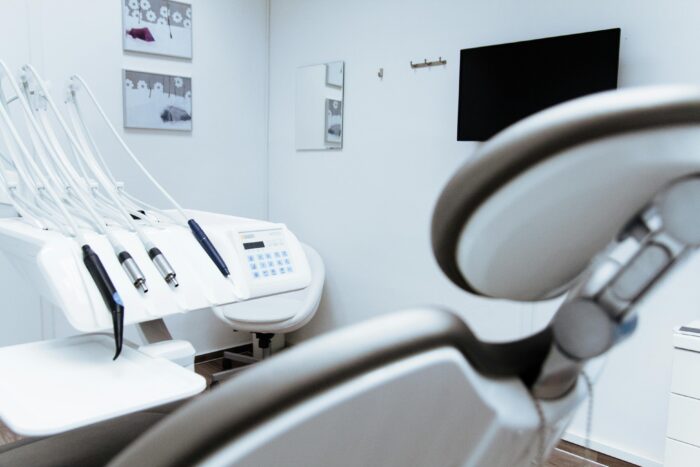When decision-making enters a “Big Bet” phase, such as during a public health crisis, a lot will depend on leaders’ actions.
There will be no dress rehearsals. The current COVID-19 pandemic is a prime example – it requires tough choices made decisively as lives are literally on the line.
A leader cannot wait to see what happens in a crisis situation or postpone decision making. He or she will often have to act with incomplete information. Living with uncertainty is a part of leadership today. Here are five principles to follow when making high risk, low information decisions.
1. A brief pause is okay
Appreciating the urgency of a situation doesn’t mean it’s okay to panic and have a knee jerk response. A leader has to take a breath first and look at the big picture. Are any options being overlooked? What outside forces could have an impact on the results? A broad perspective will allow all the determining factors to be taken into consideration.
2. Listen to others, even those with less authority
Things that seem obvious to managers and front-line workers can be overlooked by top executives and vice versa. A team made up of all levels can lead to smarter, and even quicker, decision making. While meetings are often considered cumbersome, strong direction and clarity in the agenda and discussion process will speed things up during this phase.
3. Small stakes matter too
A “Big Bet” decision is impossible to ignore. But seemingly less crucial choices can often have big repercussions too. Small decisions can make a big difference in the long run. For instance, hiring an extra cleaning person at a store or office to clean door handles, or providing grocery store clerks with more disinfectant wipes to clean cash registers, could minimize viral transfer.
4. Centralize strategic decision makers
When making decisions during an incident like a global pandemic, the conditions may change at a given moment. The needs of staff and the public can shift day-to-day, even hour-by-hour. A network of teams with different responsibilities needs to be connected by a centralized group at the top that handles strategy, and makes big-picture decisions without a lot of distractions. This central leadership acts as a strategic nerve centre to keep teams coordinated and allocates resources, so they do the most good.
5. Good character and judgment matters
Not all senior leaders can handle times of uncertainty and elevated tensions. In some work environments people rise to the top by being unopinionated and accommodating to superiors. They will not be the ones who function best during a crisis. Tough decisions can be unpopular, but still need to be made. Leaders in crisis-mode must be open to input from others, but still take responsibility for their final and timely decisions.
*
The topic of this article is inspired by the curriculum for the Schulich ExecEd program Certificate in Strategic Leadership and Innovation.
Develop your capability to successfully identify opportunities and lead projects with this innovation leadership training program – from strategic planning to the development of new products and operational improvements.
Due to the COVID-19 health emergency, the upcoming session of this program (April 27 – May 1, 2020) will be delivered online.
Related Articles

Bridging the Gap: Empowering Dentists with Business Acumen
August 15, 2024
Closing the Gap Between Risk and Reward: 7 Steps to Master Enterprise Risk Management and Governance
August 08, 2024











